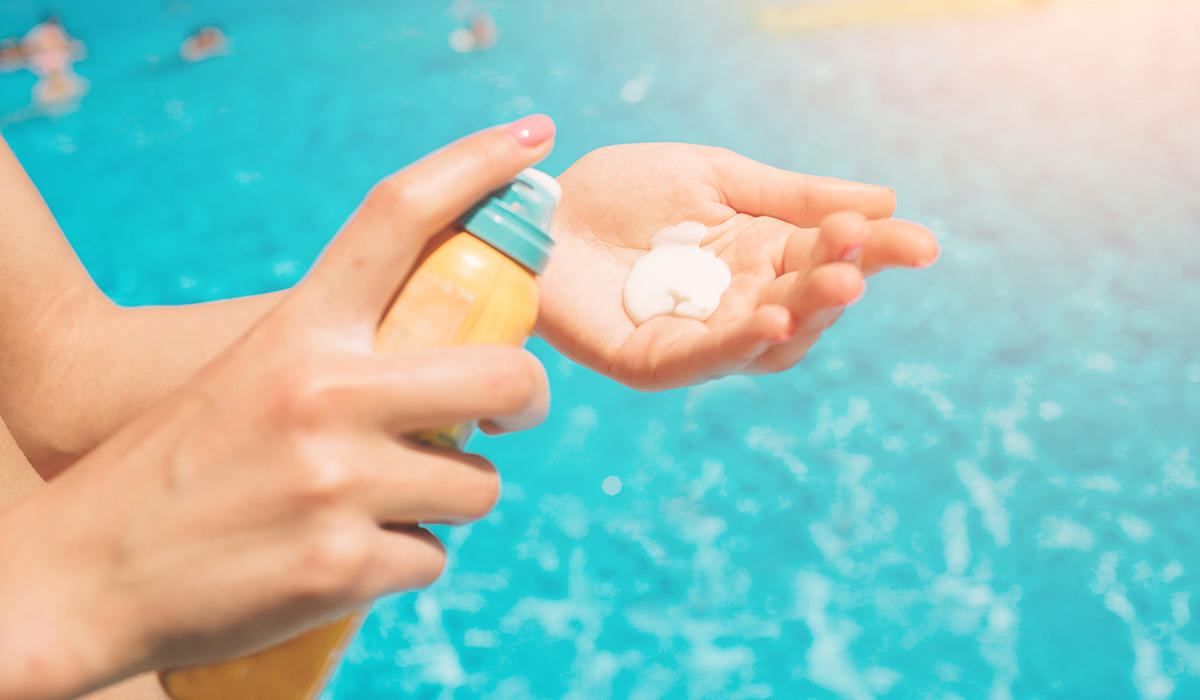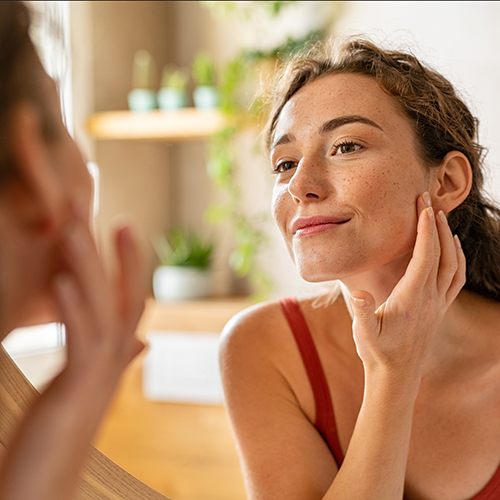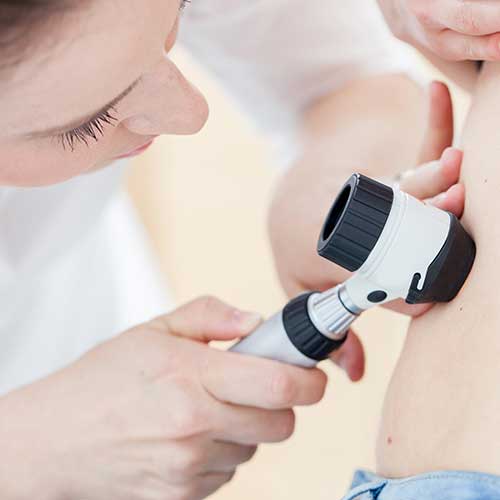July 2019
Summertime fun can quickly be ruined by summertime sun. It takes just 15 minutes for the sun’s harmful ultraviolet (UV) rays to damage your skin. Damage from the sun is the biggest risk for skin cancer, the most common form of cancer in the United States, according to the Centers for Disease Control and Prevention.
For proper sun protection, begin by choosing and using the right sunscreen. The American Cancer Society (ACS) recommends using a sunscreen labeled as “broad spectrum,” meaning it protects against both UVA and UVB rays, with a sun protection factor (SPF) of 30 or higher. Be sure to reapply sunscreen throughout the day, especially if you sweat excessively or go swimming.
But protecting yourself from the sun’s harmful effects means more than slathering sunscreen on any exposed skin. Other parts of your body need protection too. Whether you’re playing at the park, lounging on the beach or simply hanging out in the back yard, follow this head-to-toe checklist to make sure you’re covered from head to toe.
Start at the Top
Because they are exposed to the sun most often, your head, neck, face and arms are some of the most common areas for skin cancer to develop, according to the ACS. More concerning: Research has found that melanoma, the most dangerous type of skin cancer, is even more aggressive and fatal when it begins on the head or neck compared to other areas of the face or body, according to the American Academy of Dermatology (AAD). Older men with prolonged sun exposure are particularly at risk for developing melanoma on their scalp or neck. With or without hair, your scalp is at risk. The solution: wear a wide-brimmed hat. Look for one with a tight weave or ultraviolet protection factor (UPF) built into the fabric.
Protect Your Face
Applying sunscreen to your face seems like an easy enough task, but are you remembering to sunscreen your ears too? And what about your lips? They are often overlooked, but not uncommon, sites for basal and squamous cell cancers, two of the most common skin cancers related to sun exposure. Protect your kisser with an SPF lip balm or lipstick.
It’s important to remember your eyes too. Even if you never look directly into the sun, over time, the sun can damage your eyes. UV light can increase your risk of cataracts, growths on your eye and even eye cancer, according to the American Academy of Ophthalmology. Protect your peepers by wearing sunglasses labeled as blocking 100 percent of UV rays.
Cover Up What’s Under Cover
Your skin doesn’t have to be exposed to be damaged by the sun. If you can see light through the fabric, UV rays can reach your skin too, according to the ACS. If that’s the case, wear sunscreen underneath. Tighter weaves and darker colored clothing provide more protection than loosely woven fabric and lighter colors.
Give Your Feet Some Love
Most of us focus on the tops of our feet. But skin cancer can also develop on the bottom of your feet, in between your toes and even under your toenails, according to the American Podiatric Medical Association. So slop on the sunscreen there too. While foot melanomas are rare and mostly caused by other factors (such as viruses or inherited traits), the AAD warns that prolonged UV damage does play a role. Think of all the times you expose the bottoms of your feet while lying down on the beach. Don’t forget to apply sunscreen if you’re wearing sandals or any mesh-style shoe. UV rays can still reach through the straps and mesh.
Other Ways to Outsmart the Sun
Protecting yourself from the sun doesn’t mean simply wearing the right clothes or sunscreen — it also means avoiding the sun when it’s at its strongest. Seek shade during peak sun hours, from 10 a.m. to 4 p.m. If you must be outside, walk on the shady side of the street or carry a sun umbrella. Dining outdoors? Sit under an umbrella or wait until later in the evening.
Don’t forget sun protection on cloudy days. Even when the sun isn’t shining brightly, harmful UV rays can still reach you, especially in spring and summer when the sun’s rays are the strongest. That doesn’t mean you’re off the hook in the winter — snow can reflect up to 80 percent of solar UV rays and can nearly double UV exposure, according to the Skin Cancer Foundation.



